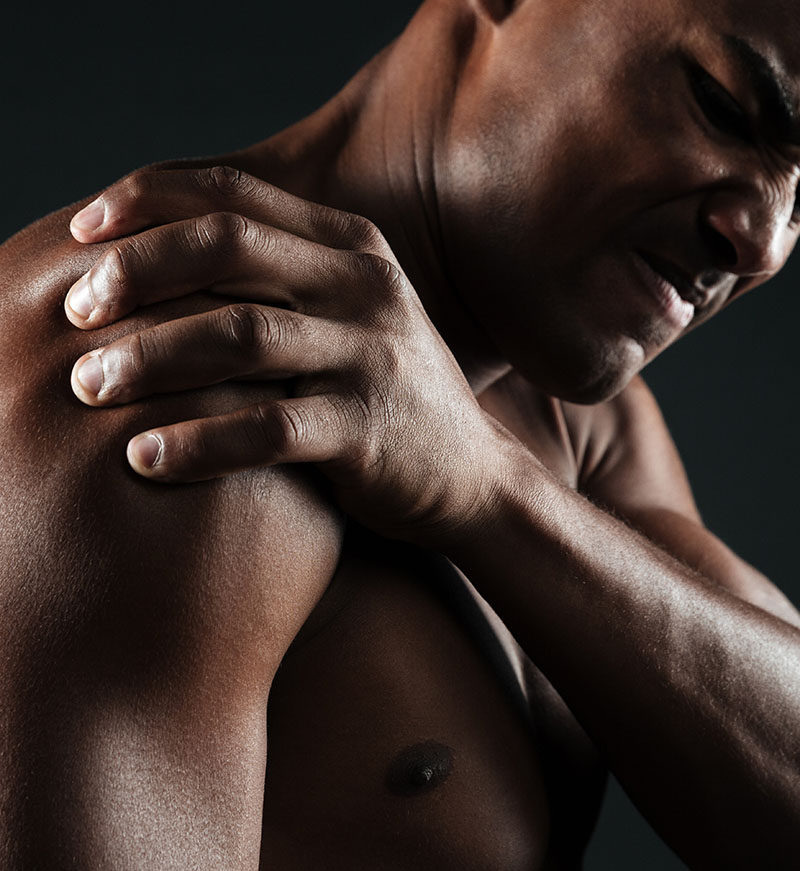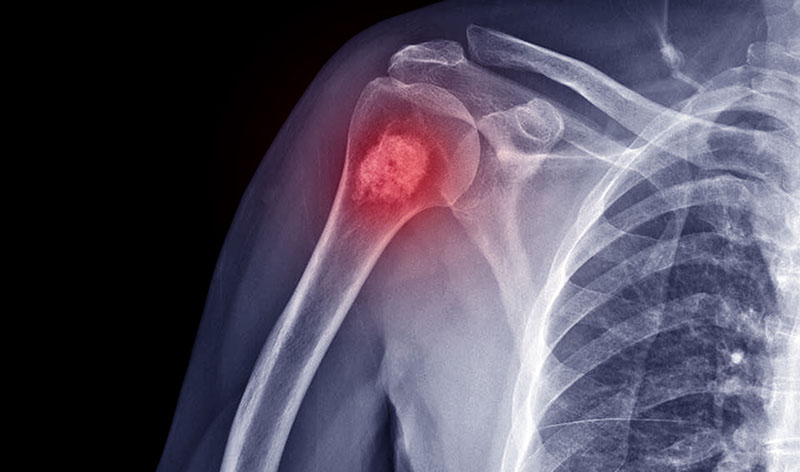PAIN
Shoulder
The shoulder joint has great range of motion and, therefore, has great mobility while requiring stability over that range of motion. All of these factors also mean that the shoulder is susceptible to injury. And when your shoulder hurts, it is hard to live life well.
Our
Approach
When we walk with you through recovery, our concern is to make sure that all of the joints that come together to create movement of the arm are working well. Working well means that they move an appropriate amount – not too much and not too little. Restrictions are addressed with joint mobilizations, a hands-on technique used to restore proper movement of the bones in the joint. This assessment would include the glena-humeral, acromio-clavicular, sterna-clavicular, and scapular-costal joints as well the thoracic and cervical spine and the ribs. In fact, we will need to make sure that there are not any issues in the neck that may be facilitating the issues in the shoulder.
The other factor that must be assessed and addressed is the muscles that make these joints move in a proper pattern. For instance, the four muscles that make up the rotator cuff not only move your arm in rotation and out to the side but also makes sure that the head of your humerus descends down in the joint so there is enough room as you move your arm above your head. These muscles are treated with soft tissue mobilization if needed and specific exercises directed toward maximizing their function.
So whether you are recovering from rotator cuff repair surgery or you have had this chronic pain in your shoulder that doesn’t allow you to sleep on your side or brush your hair, our staff of residency trained manual therapists will give you the care and guidance to restore the function of your shoulder.
Get Relief!


